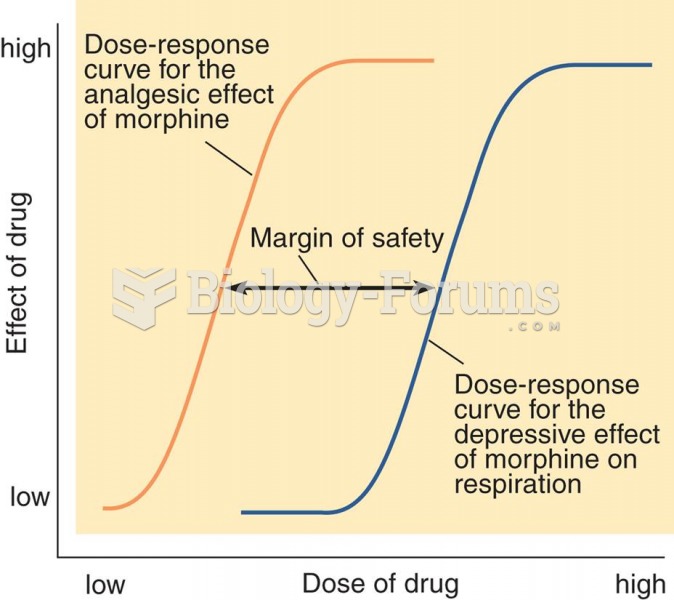Answer to Question 1
The ten ways to fight prejudice are listed below.
1 . Act. Do something. In the face of hatred, apathy will be taken as acceptance, even by the victims of prejudice themselves.
2 . Unite. Call a friend or coworker. Organize a group of like-thinking friends from school or your place of worship or club. Create a coalition that is diverse and includes the young, the old, law enforcement representatives, and the media.
3 . Support the victims. Victims of hate crimes are especially vulnerable. Let them know you careby words, in person, or by e-mail. If you or your friend is a victim, report it.
4 . Do your homework. If you suspect a hate crime has been committed, do your research to document it.
5 . Create an alternative. Never attend a rally where hate is a part of the agenda. Find another outlet for your frustration, whatever the cause.
6 . Speak up. You, too, have First Amendment rights. Denounce the hatred, the cruel jokes. If you see a news organization misrepresenting a group, speak up.
7 . Lobby leaders. Persuade policymakers, business heads, community leaders, and executives of media outlets to take a stand against hate.
8 . Look long term. Participate or organize events such as annual parades or cultural fairs to celebrate diversity and harmony. Supplement it with a Web site that can be a 24/7 resource.
9 . Teach acceptance. Prejudice is learned, and parents and teachers can influence the content of curriculum. In a first-grade class in Seattle, children paint self-portraits, mixing colors to match their skin tone.
10 . Dig deeper. Look into the issues that divide ussocial inequality, immigration, and sexual orientation. Work against prejudice. Dig deep inside yourself for prejudices and stereotypes you may embrace. Find out what is happening and act.
Answer to Question 2
A significant step to help South Africa move past apartheid was the creation of the Truth and Reconciliation Commission (TRC). People were allowed to come forward and confess to horrors they had committed under apartheid from 1961 through 1993 . If they were judged by the TRC to be truly remorseful, and most were, they were not subject to prosecution. If they failed to confess to all crimes they had committed, they were prosecuted. The stories gripped the country as people learned that actions taken in the name of the Afrikaner government were often worse than anyone had anticipated.







